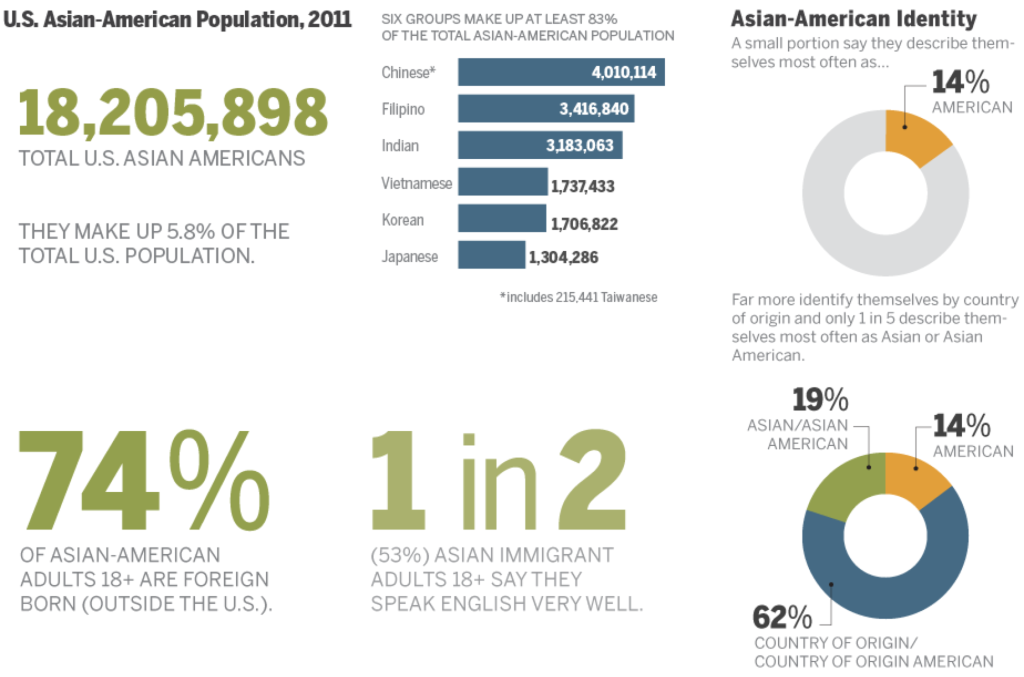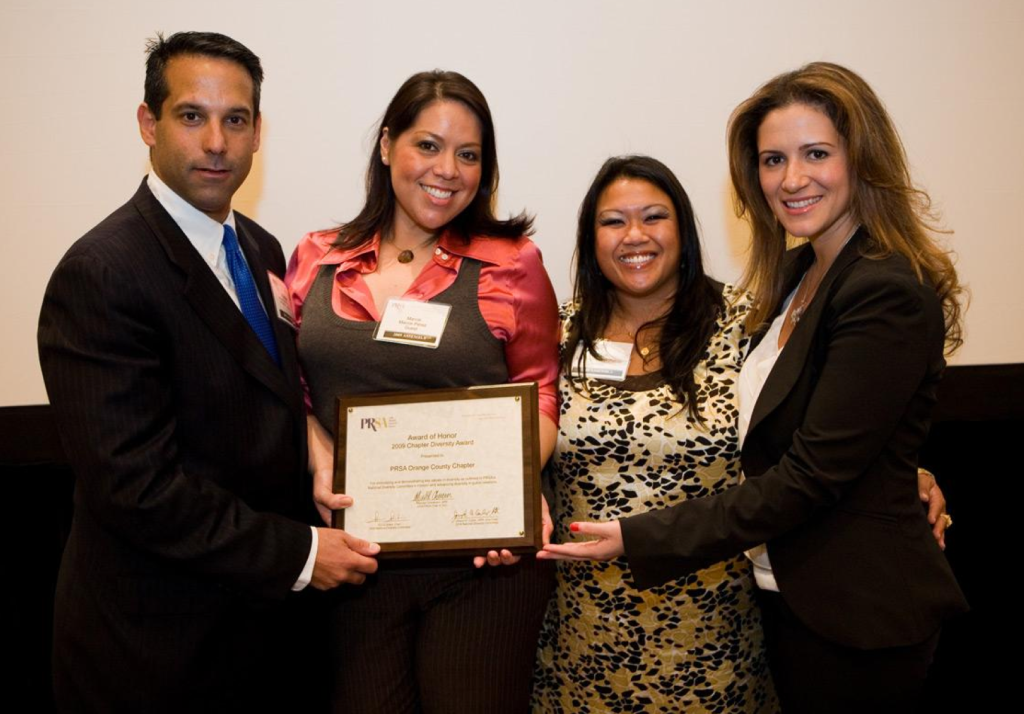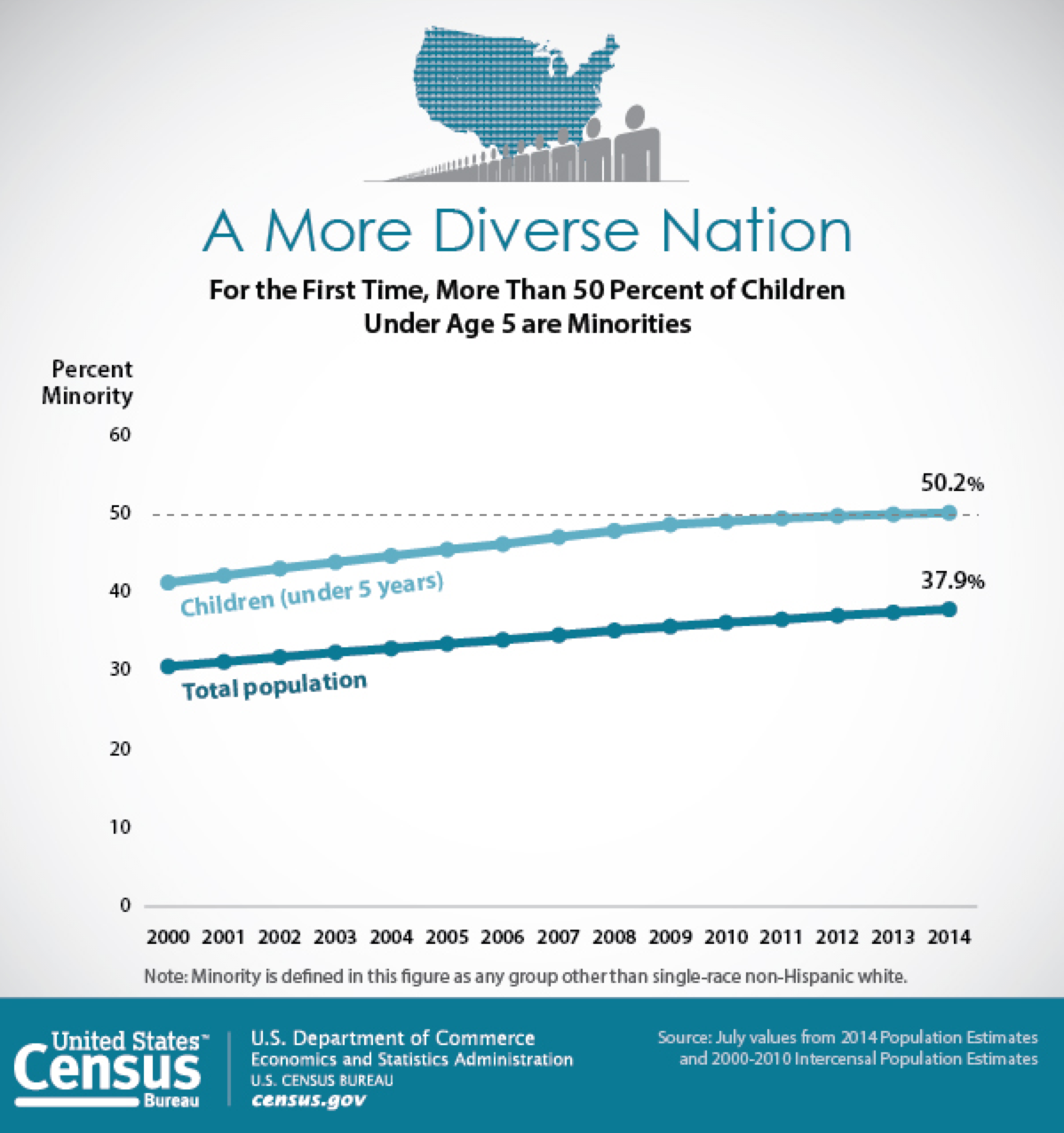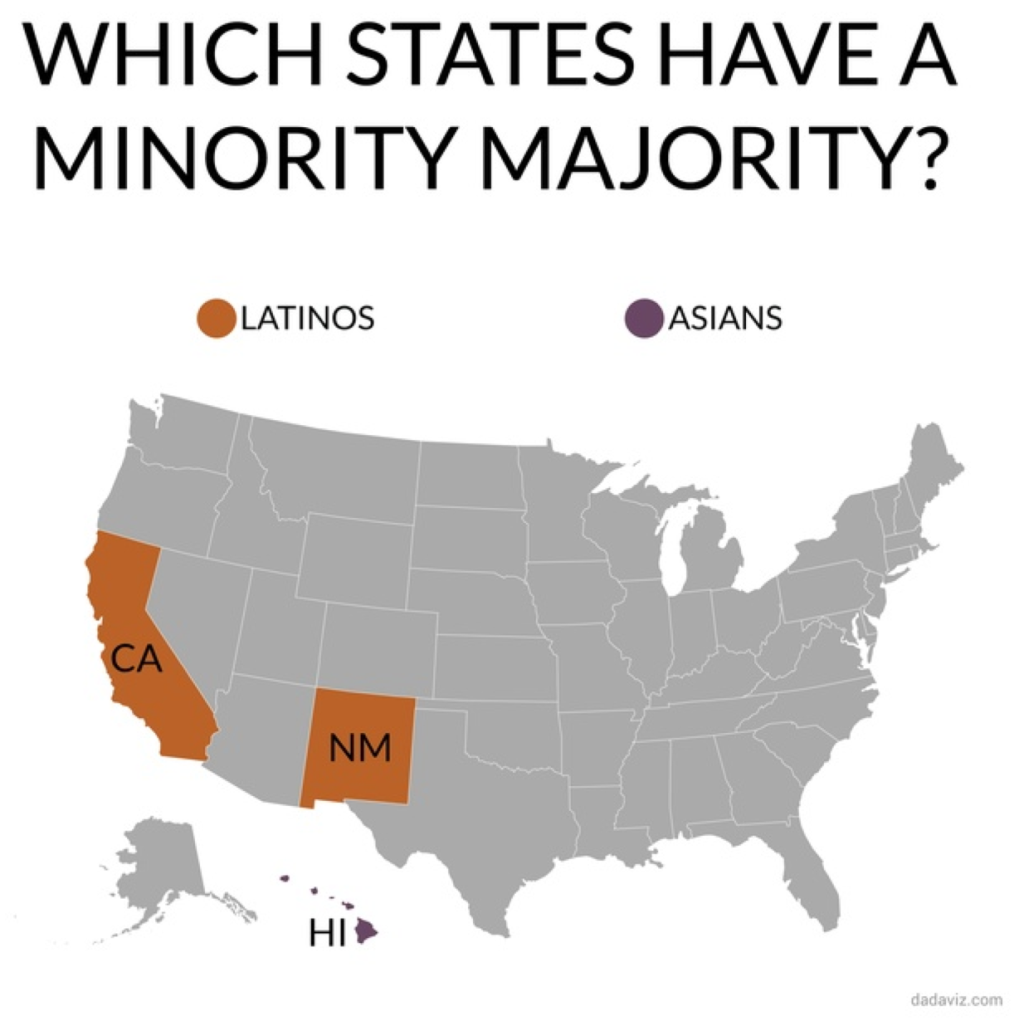Editor’s note: In August, PRSA will celebrate PR Diversity Month by focusing on the diverse communities, people and practices that comprise the public relations profession. We will also be providing advice and insight on how to build a better PR industry through diversity and inclusion. We’ve invited PR practitioners and thought leaders to offer their insights on various diversity and inclusion topics important to the PR profession. Follow the series and join the discussion by using the hashtag #PRDiversity. For more information on Diversity Month activities visit the Diversity Month section of the PRSA site.
We’re living in one of the most-interesting times in American history.
And for the public relations professionals, it means tapping into the tremendous opportunities for further human development, risk alienation or, far worst, becoming irrelevant in today’s ever-changing world.
To gain insights into what the future of America looks like, we just need to take a look at the present numbers:
• From 2000 to 2013, the Hispanic or Latino population in 28 states doubled with Spanish as the second most spoken language in America
• Latinos outnumber whites in California and New Mexico while Asians outnumber whites in Hawaii
• Asians are America’s fastest-growing group with more than 18.2 million people
• For the first time in America, more than 50 percent of kids under 5 are nonwhite
• Today, 4 percent of the U.S. population identify themselves as LGBT
• The purchasing power of Latinos is $1.2 trillion while the Asian buying power totals $718 billion
• Only 7 percent of marketing dollars are spent on targeted ethnic campaigns in this country, although nearly half of Americans belong to ethnic minorities
• Among business owners, people of color own 22.1 percent of businesses
• People of color represent 36 percent of the U.S. labor force but only 4 percent of the top executive positions in Fortune 500 companies
• Millennials redefine diversity and transform inclusion

Asian Americans are the fastest-growing group in the U.S. with more than 18 million people. SOURCE: Pew Research Center
I can’t think of a time when our nation’s demographics are undergoing such rapid change during the same time as the “democratization” of nearly all aspects of lives through the revolution that is social media. This convergence that we’re all experiencing – whether conscious or not – will define our success or mark our failures as individuals and as organizations.
You only have to go as far as your mobile device to read about the raging national debate on immigration and controversial comments from real estate tycoon and reality super star Donald Trump who is leading the crowded pack of Republican Party hopefuls vying to become the next president of the United States.
Or flip through a physical or digital magazine to experience the transformation of the epitome of sports masculinity of Bruce Jenner who made her debut as Caitlyn Jenner. The plight of transgendered people is receiving much-deserved attention thanks to the world’s warm embrace of the former Olympian who was best known as the dad to the Kardashian clan.
— Caitlyn Jenner (@Caitlyn_Jenner) June 1, 2015
Or read tweets with the constant trending hashtag of #BlackLivesMatter created on “Black Twitter” as a way to share the plight of young African Americans from a wide range of critical issues such as joblessness to police brutality.
Listen: This goes out particularly to anyone who is not black. http://t.co/vOWBKqvKrc #BlackLivesMatter #racism #GOP pic.twitter.com/jN6eRbkdIa — R Joseph (@rjoseph7777) August 17, 2015
That traction of influential users has helped mobilize a movement that’s leading to a national dialogue on race relations.
Or experience on both traditional and social media the victory of same-sex marriage in the U.S. Supreme Court in June where the White House and major Fortune 500 corporations joined hundreds of millions of others in supporting the historic milestone ruling by transforming their profile photos or logos with the rainbow flag.
The White House,Empire State Building, Disney and Niagara Falls celebrate the SCOTUS ruling on #marriageequality.YES! pic.twitter.com/pGavZAlzV2 — Angels4Autism (@Angel4Autism) June 27, 2015
Here’s to having, holding and marrying who you love. #takepride #SCOTUSMarriage pic.twitter.com/8NLGee0Rl0 — Target (@Target) June 26, 2015
We’re on board. Diversity strengthens us all & today we celebrate #MarriageEquality & the landmark #SCOTUS decision. pic.twitter.com/gqej2xMzIU — American Airlines (@AmericanAir) June 26, 2015
The wrath of the web even targeted Tinseltown leading up to the Oscars awards ceremony decrying the lack of diversity among the nominees.
Critics also have lambasted Silicon Valley’s top tech companies, namely Facebook, Apple, Google and Twitter, for the lack of diversity among their talent pool.
Once ignored or contained with the proper “messaging,” these grievances in today’s world start on social media then easily and rapidly find their way into the general public’s consciousness.
It takes savvy public relations professionals to provide the right strategy to address these issues as they happen.
But more importantly, it takes both sophistication and sensitivity to tackle issues head-on months before they manifest themselves in the public eye.
And it often takes leadership to help organizations – big or small – harness the power of diversity and utilize the principles of inclusion to chart the right path to ride the next wave toward excellence.
The alternative is to do nothing and risk getting pummeled wave after wave eroding you and your organization to the core.
We must openly and honestly ask ourselves and each other about the big elephant in the room. Though there are large numbers of women in the public relations profession, the picture is quite stark in terms of the lack of African Americans, Latinos, Asians and other diverse groups in America.
A 2010 census of PRSA’s 22,000 professional members revealed that 14 percent of the membership were Hispanic, African American and Asian American. Although that figure is double than the stats from 2005, we still have a long way to go in our profession.
“… a very real possibility exists that minorities are not entering the public relations profession because the industry has failed to explicate to professionals the viability of this career option,” wrote Bey-Ling Sha, Ph.D., APR in a report.
Reading @ReputationDR article and wondering how many firms have taken action on this challenge to hire diverse execs pic.twitter.com/jCfGt4wlOr — Ted Nguyen (@TedNguyen) August 19, 2015
How do we attract more people of color to join the ranks of our profession? And when they do come, do they feel like I once felt when I came to my first PRSA luncheon in Orange County more than 15 years ago?
I had previously served on the board of directors for the Salt Lake City chapter of PRSA when I made a special trip to attend the luncheon because I wanted to relocate back to Southern California.
Anybody that meets me knows I’m no shrinking violet. Like a fish out of water, my eyes darted around the room to see if I recognized anything. The monochromatic scene stood in relative contrast to the more diverse group in Salt Lake City. Yes, Utah.

Public Relations Society of America Chair and CEO Michael Cherenson presents the Award of Honor for the Orange County Chapter’s campaign, “Sustaining an Open Dialogue for a More Inclusive Culture,” to diversity co-chairs Laarni Dacanay and Marcie Perez of Orange County. National Diversity Committee Chair Sonia Sroka commended the strides toward inclusion for the Southern California chapter that has lead to a string of national awards.
Chatting with @OC_PRSA's @CharlaJBatey on @PRSA's inclusion #PRSAdiversity https://t.co/BMusySrU1V via @audioBoom
— Ted Nguyen (@TedNguyen) August 25, 2015
Decades later, our chapter in Orange County is progressing in diversity – even managing to pick up five straight diversity awards from the PRSA headquarters in New York City.
But like many chapters across the U.S., I suspect we’re all in the same boat of trying to boost our numbers among general membership and flex our influence at the leadership level. 
As public relations professionals, we are the vanguards of these breathtaking social and technological changes that are transforming our nation. How we address these with our respective organizations will either move us forward or leave us flailing in our mediocre abyss.
Ted Nguyen is a 22-year veteran in public relations and marketing communications from Laguna Niguel, Calif. He is a two-time Silver Anvil winner from PRSA and recipient of PR News’ PR Professional of the Year. Nguyen writes about PR, digital media, travel and adventure at his website, Life’s Short, so Live Big.
Follow Ted on Twitter @TedNguyen








